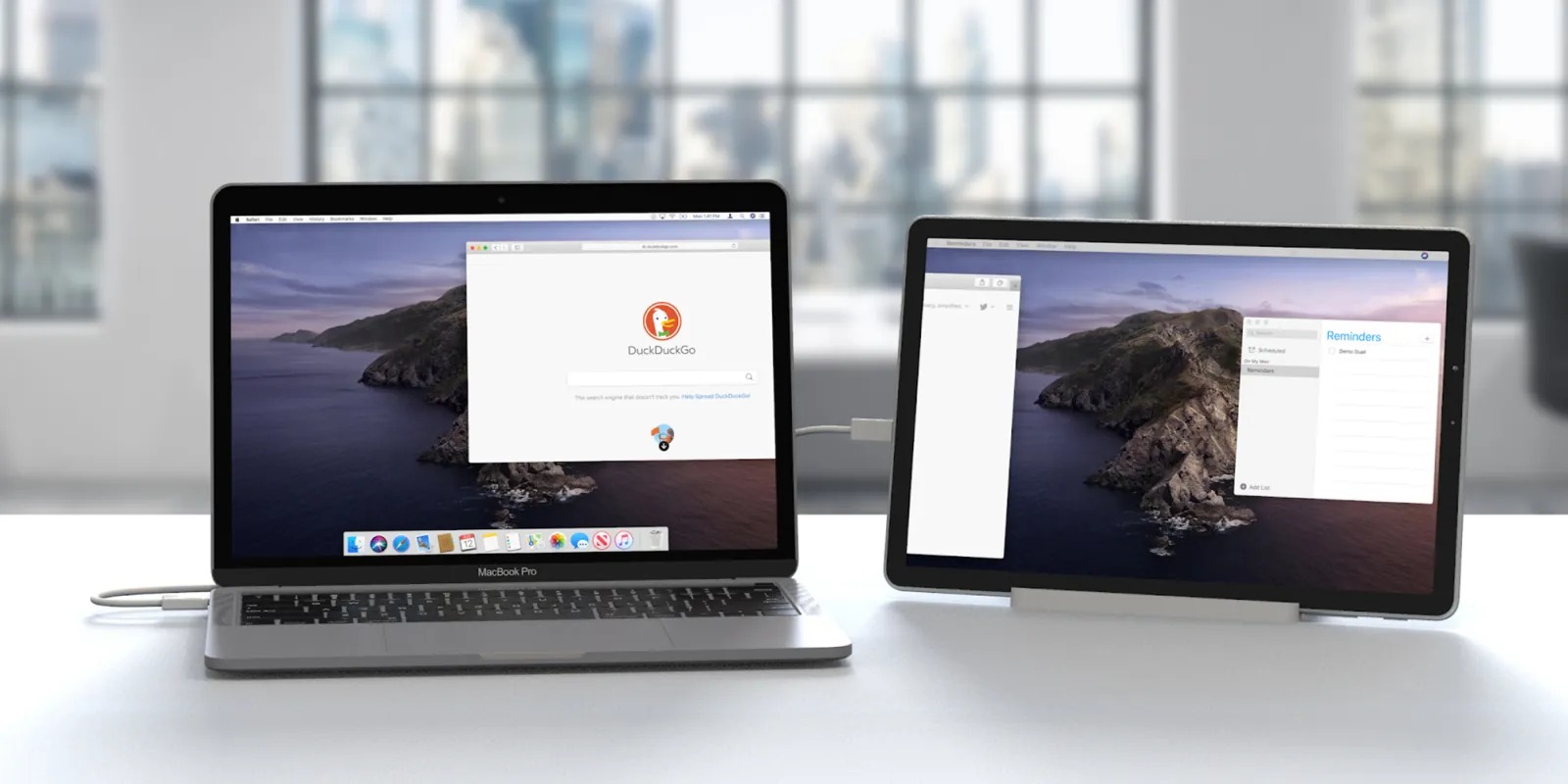
Introduction
Android tablets have gained popularity due to their portability and versatility. One particularly useful feature is the ability to use these devices as external monitors. Connecting an Android tablet to a monitor via HDMI allows for expanded screen real estate, improved viewing experiences, and increased productivity.
This guide covers the steps and considerations for using an Android tablet as a monitor via HDMI, along with the benefits and potential limitations of this setup.
Benefits of Using an Android Tablet as a Monitor
- Portability: Lightweight and portable, Android tablets are easy to carry. This is especially useful for presenting content in different locations or working on the go.
- Versatility: Capable of running a wide range of applications, from productivity software to multimedia content, Android tablets serve both professional and personal tasks.
- Cost-Effective: Using an existing Android tablet as a monitor can be more economical than purchasing a dedicated external monitor.
- Ease of Setup: Connecting an Android tablet to a monitor via HDMI is straightforward and requires minimal technical expertise.
- Flexibility: Serving as a secondary monitor for a computer or laptop, an Android tablet allows for more efficient multitasking.
Preparing Your Devices
Before connecting your Android tablet to a monitor via HDMI, prepare the following:
- Check Compatibility: Ensure both your Android tablet and monitor support HDMI. Verify the specifications of both devices.
- HDMI Cable: Obtain a high-quality HDMI cable that supports the desired resolution.
- Power Source: Make sure both devices are powered on and have sufficient battery life or are plugged into a power source.
Step-by-Step Guide to Connecting Your Android Tablet to a Monitor via HDMI
Step 1: Locate the HDMI Port on Your Android Tablet
Most modern Android tablets feature an HDMI port, usually located on the side or top. Refer to your device's user manual if unsure about the exact location.
Step 2: Connect the HDMI Cable
Insert one end of the HDMI cable into the HDMI port on your Android tablet. Ensure a secure connection to avoid disconnections during use.
Step 3: Connect the Other End of the HDMI Cable to the Monitor
Insert the other end of the HDMI cable into an available HDMI port on your monitor. Ensure this connection is also secure.
Step 4: Adjust Display Settings on Your Android Tablet
After connecting, adjust the display settings on your Android tablet to extend or mirror the screen.
- Go to Settings: Open the settings app on your Android tablet.
- Display: Navigate to the "Display" or "Screen" section.
- Output: Look for an option related to outputting video or mirroring the screen.
- Select HDMI: Choose the HDMI output option.
- Adjust Settings: Modify settings such as resolution, refresh rate, or orientation based on your monitor's capabilities.
Step 5: Verify Connection
After adjusting the display settings, verify the connection by checking if the image from your Android tablet appears on the monitor.
Troubleshooting Common Issues
While connecting an Android tablet to a monitor via HDMI is generally straightforward, some common issues might arise:
- No Signal: If no signal appears on the monitor, check that the HDMI cable is securely connected to both devices and that the correct HDMI port is selected on both ends.
- Incorrect Resolution: If the resolution is incorrect, adjust it in the display settings of your Android tablet. Some monitors may not support higher resolutions, so lowering it temporarily might be necessary.
- Audio Issues: For audio issues, ensure the audio output is set correctly in your device's settings. An additional audio cable or adjustments to audio settings on both devices might be needed.
- Intermittent Connection: If the connection is intermittent, try using a different HDMI cable or checking for loose connections.
Additional Tips and Considerations
- Resolution and Refresh Rate: Ensure both devices support the desired resolution and refresh rate for optimal performance.
- Orientation: Some monitors may not support landscape orientation, so switching to portrait mode might be necessary.
- Multiple Monitors: If multiple monitors are connected via different HDMI ports, ensure the correct output is selected in your device's settings.
- Power Management: Be mindful of power management as using an external monitor can drain your tablet's battery faster.
- Software Compatibility: Some applications might not be optimized for external displays, leading to functionality limitations.
Using an Android tablet as a monitor via HDMI offers a versatile and cost-effective solution for expanding screen real estate. With the right equipment and a few simple steps, productivity can be enhanced and multimedia content enjoyed on a larger display. By following this guide and being aware of potential issues, seamlessly integrate your Android tablet into your existing setup. Whether working remotely, presenting in meetings, or enjoying movies on a bigger screen, this setup offers numerous benefits, making it an excellent addition to any workflow or entertainment setup.
